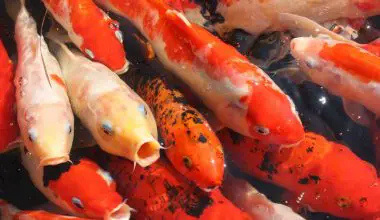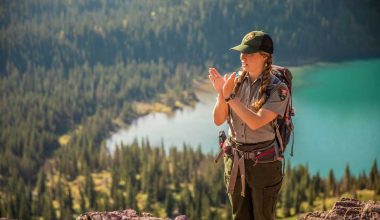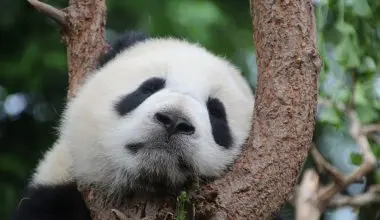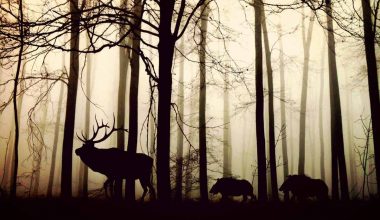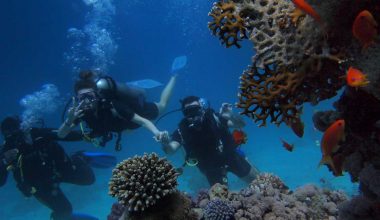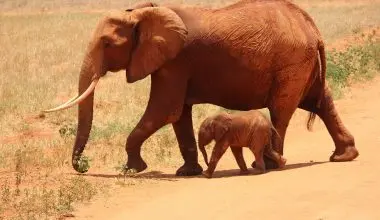Table of Contents Show
Biodiversity is the variability and variety of all forms of life on Earth. It is a measure of the genetic, species, and ecosystem variations across the world. It helps to demonstrate how much diverse and vast nature is in the world.
Biodiversity must be maintained and preserved as it balances ecosystems and promotes sustainability across the world. An imbalance in biodiversity is not only harmful for animals, plants, and their habitats, but also for most of us who are heavily dependent on nature for its resources.
2010 was declared as the International year of Biodiversity. A decade has passed by since then. It can be worthwhile to look back and see what various governments have achieved in terms of promoting and preserving biodiversity, along with stopping further deterioration.
While specified actions are sometimes necessary for particular species, it is preferable to restore ecosystems as a whole.
This maximizes the overall benefits healthy ecosystems can provide to our environments as well as our health and wellbeing. Well-functioning ecosystems deliver clean air and water, fertile soils, and much more! These are sometimes referred to as ecosystem services.
Being an integral part of nature, it’s only necessary that we discuss and praise national government efforts in protecting and maintaining biological diversity.
Governments across the world have committed to protecting some of the biodiversity-rich areas of nature. In the European Union, this is delivered through Nature 2000 network and supported by one of the first pieces of the EU environment law ever to be adopted, EU Birds and Habitats Directive.
According to United Nations, almost every country in the world has protected areas or a biosphere reserve. These protected areas cover around 15.4 percent of global land and 3.4 percent of the global ocean area.
But the key to delivering on biodiversity is not just the designation of protected sites but also their effective management. This is where many administrations are unable to deliver according to perceived expectations. This mainly due to lack of awareness, commitment, funds, corruption, or expertise.
Let’s discuss what governments have done and what they can do to improve their efforts on conserving biodiversity.
Governments Role in Biodiversity Conservation
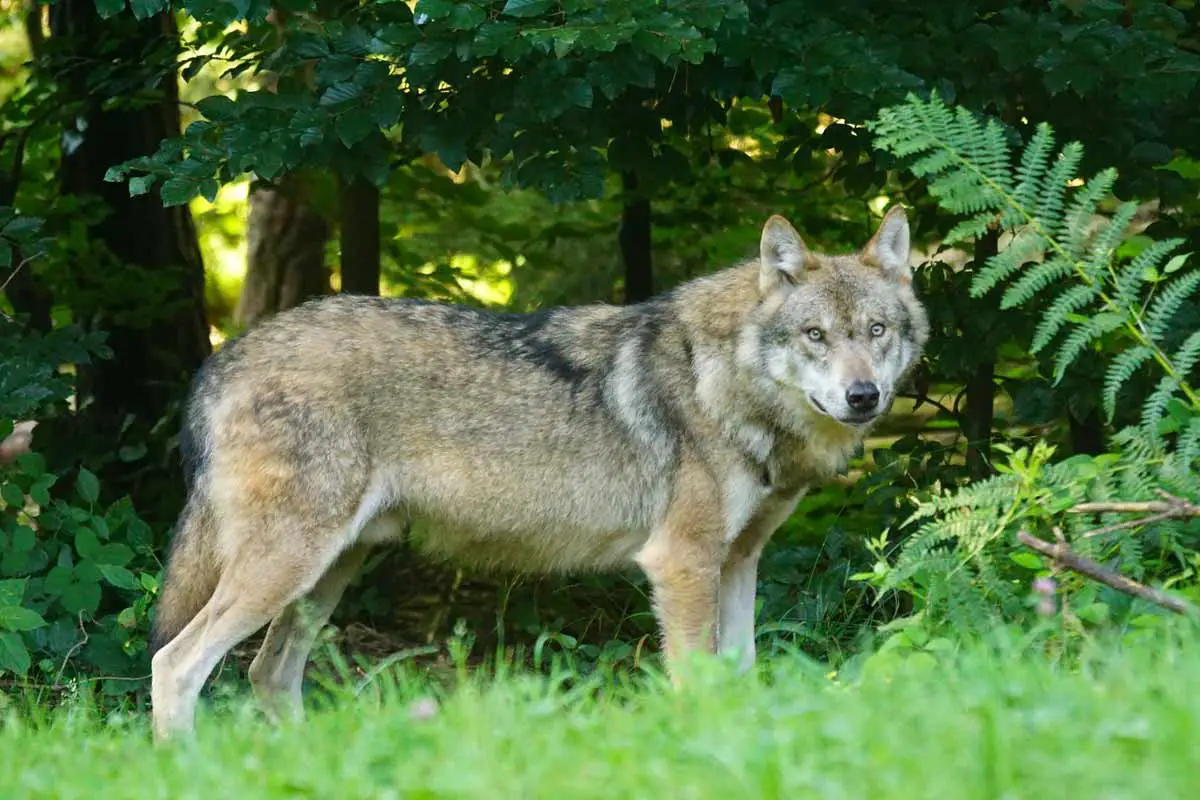
Species conservation and re-introduction projects
Evidence suggests that some species are more affected than others. Population levels have steeped to reach critically low numbers; necessitating targeted actions. Climate change will only make matters worse.
In such cases, governments can choose to take species-specific measures that can largely depend on the causes of the decline of these species.
Measures can include laws on pen and paper to prohibit persecution of endangered species. Softer biodiversity policy mechanisms like information-exchange platforms (e.g. IUCN) are also devised.
Let me give you an example.
In Indonesia, orangutans are most at risk due to the conversion of their natural habitat into palm oil plantations. Habitat loss is a critical concern.
Imagine how important your house is for you to survive. That critical!
To address this issue, governments and stakeholders are setting up various certification schemes. Palm oil production permits will be given to those who can prove that palm oil was sourced from areas that are not considered of “high conservation value”.
If a species is no longer found in and around the habitat, actions can be taken to re-introduce it.
A success story of species being reintroduced is of the black-footed ferrets in North America. They were once considered to be globally extinct.
Over the past thirty years; efforts by many North American state and federal agencies, Native American tribes, zoos, and conservative organizations and private landowners have helped to restore the black-footed ferret population to nearly 370 individuals.
PS: Governments should also be on the lookout for why that species migrated out/died in its habitat in the first place.
Another example is the reintroduction of wolf species in Yellowstone National Forest by the national government. As keystone species, this conservation effort to reintroduce wolves actively improved ecosystem function of the Yellowstone National Park.
Tackling Crime against Wildlife
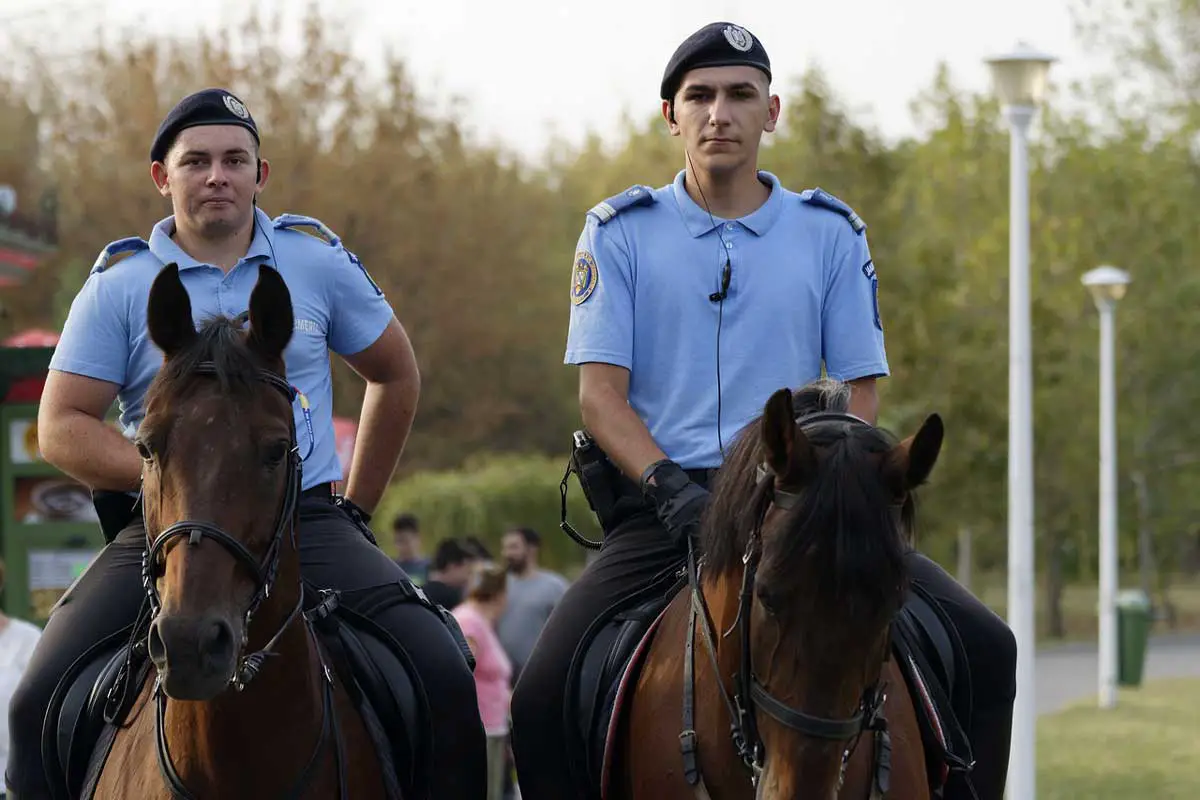
Species are facing extinction due to continued illegal poaching and trading of protected animals. This is a cross-border issue that can merit further attention by governments across the globe.

It is estimated that 200-459 snow leopards are killed annually by farmers and poachers, a crime that goes unreported from remote mountains of central Asia. Considering there are less than 10,000 snow leopards left in the wild, it is safe to say that they fit in ‘vulnerable’ criteria of IUCN list of endangered species.
Role of World Development Agencies
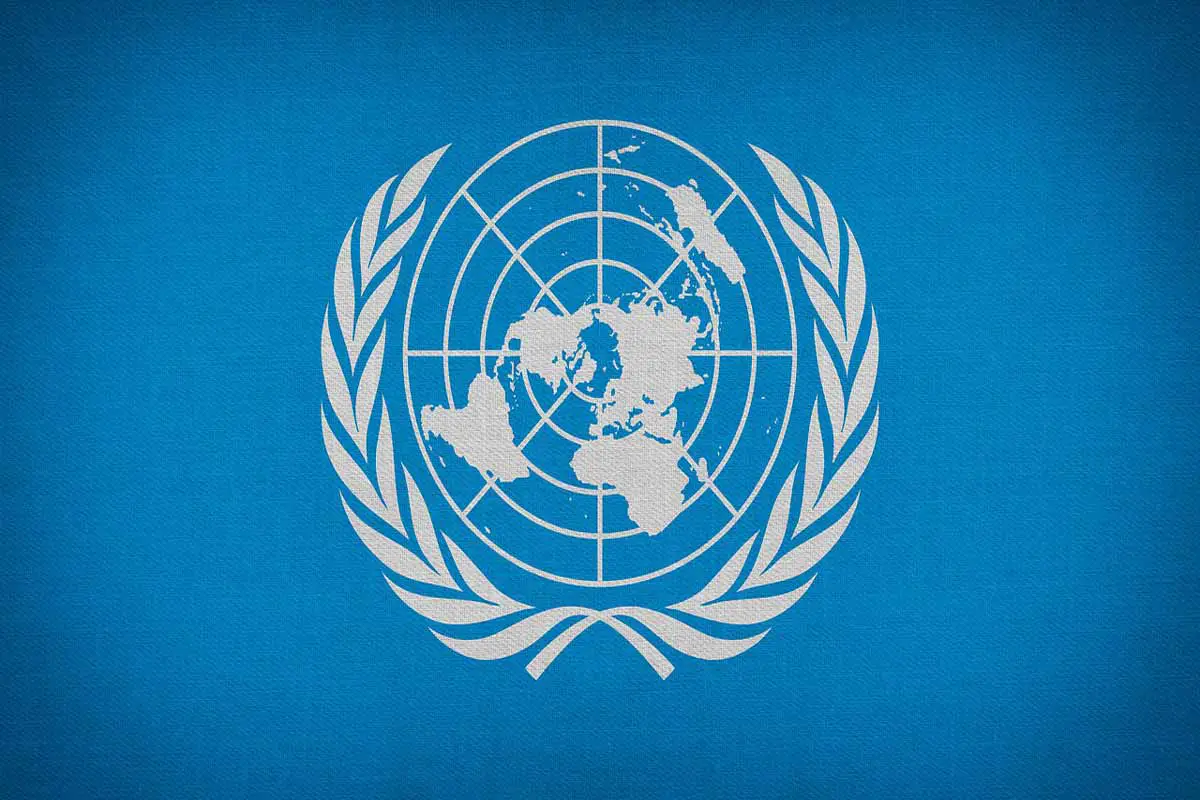
Various development agencies like the Asian Development Bank (ADB), Food and Agriculture Organization (FAO), World Bank, United Nations Development Programme (UNDP), and bilateral assistance agencies, have supported a range of initiatives to foster biodiversity.
Even though their efforts are recognized considerably, a stronger stance is required from these development agencies to convince the governments to establish national parks or wildlife protection areas.
PS: A biodiversity hotspot should always be considered as a high-priority for nations fighting biodiversity loss.
At the very least, governments of nations with good literacy rates can set up biosphere reserves. A biosphere reserve is set up in ecosystems under threat where biodiversity conservation can be performed with their sustainable use.
Governments should actively engage in sustainable development. Strategic planning will not only save us from further biodiversity loss, it can also help restore and foster resilient ecosystems.
As you must be motivated to make a change yourself, here at 20 ways to help protect endangered species.
Promoting EcoTourism
Many countries have jumped the wagon to promote ecotourism.
Costa Rica is on top of the list! It has become a famous tourism destination mainly due to its protected natural environment and efforts in biodiversity protection.
Other countries promoting ecotourism include Norway, Kenya, Galapagos Islands and the Amazon Rainforest.
United States role in Biodiversity Conservation

United States greatly suffers from a biodiversity crisis, with 1/3 of its native species at risk of endangerment according to 1997 census by Nature Conservancy. Countless reasons including Habitat loss and degradation, alien species invasion, poaching, urbanization could be responsible for this epidemic.
The most significant of US laws aimed at protecting species from endangerment is the Endangered Species Act (ESA). ESA was passed in 1973 to be “a means whereby the ecosystems upon which endangered species and threatened species depend may be conserved.”
ESA established a program under the authority of U.S Fish and Wildlife Service (FWS). The program identifies at-risk species, labels them threatened or endangered according to its numbers, and devises conservation and recovery plans for it.
Although it’s been somewhat-successful in restoring populations of the bald eagle, brown pelican and the peregrine falcon; it has not sufficiently done enough to protect many species of the United States.
This can mainly be because the EPA only jumps in when it deems a species to be ‘threatened’ or ‘endangered’ on its list. Declining species, which can be restored more easily, are not considered until it’s too late! Although Nature Conservancy states more than 6,500 species at risk, FWS only protects 1,154 on its ‘list’. Conservation strategy has only been developed for 876 of those species.
This leaves out 5,346 declining species, which could very easily be saved.
The federal government does have the power and resources to play a major role in biodiversity conservation. However, main fate of specific species diversity lies in the hands of the state.
States are mainly responsible for determining land use purposes. Hence, they are at the key positions which could decide the fate of species by initiating species protection and restoration programs.
¾ of all states have initiated such programs, and yet, they’ve only covered the tip of the iceberg. These programs need to be implemented. Along with implementation, they need to be integrated with state laws and regulations which relate to biodiversity.
Until biodiversity conservation is made a part of each state’s laws and policies; habitats, along with animal and plant species will continue to suffer.
Oh, By the way, inter-state communication regarding invasive species is still at an unfortunate level. Invasive species are still a major reason for biodiversity loss in many cases.
Additionally, local awareness regarding biodiversity will boost when local laws are devised up.
For Example; In Ohio, Department of Transportation introduced a simple policy of mowing less frequently. This allowed nesting birds a good time to feed and raise their young.
Next time you’re in Ohio, it’ll be a teaching moment for your children when they look at ‘grass not mown properly’.
Indian Government’s Role in Protecting Western Ghats
Western Ghats is a mountain range in India and one of 36 Global Biodiversity Hotspots, declared in 1988 due to Norman Meyer’s efforts.
P.S: Western Ghats are also a UNESCO World Heritage Site!
Almost 30% of all higher native plant species of India are found here. Additionally, the range serves as a habitat to more than 84 amphibians e.g. frogs, 16 bird species, 7 mammals, and 1,600 flowering plants!
Indian Government has officially built 2 biosphere reserves, 13 national parks (restricted to people), multiple wildlife conservation sanctuaries to protect specific threatened mammals and reserved forest lands.
Historically, indigenous people of India have worked hard to protect the region as well.

